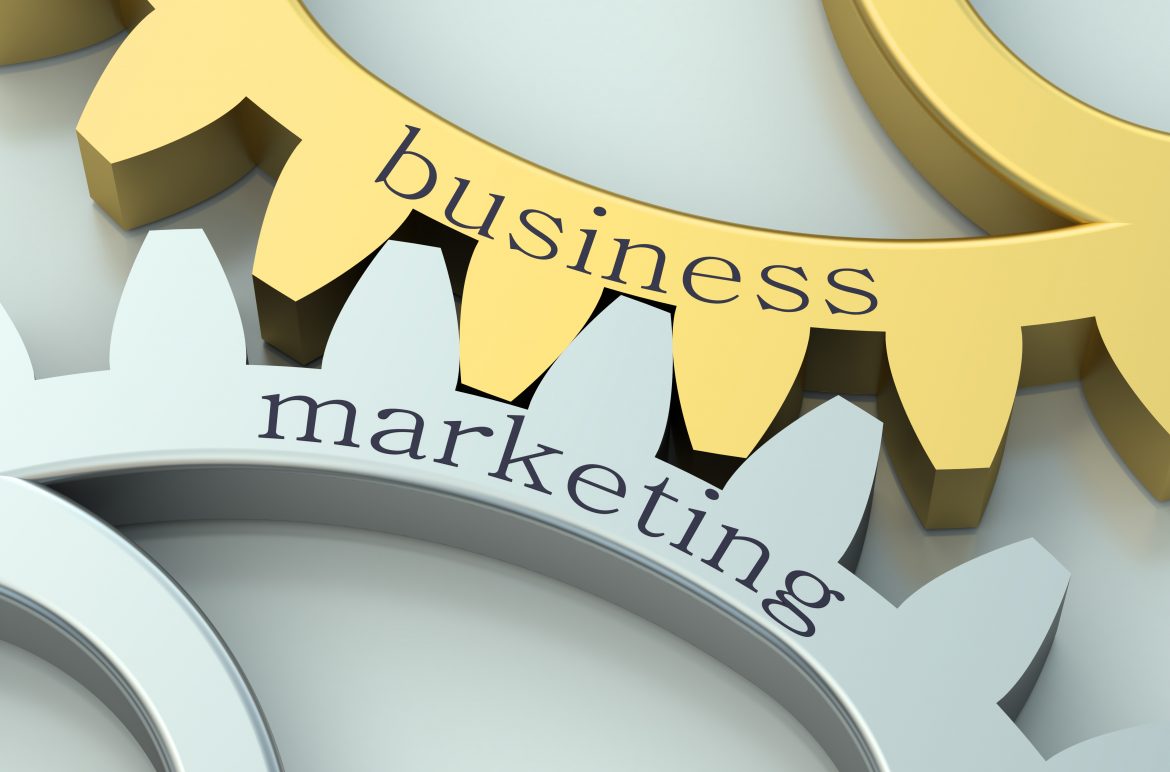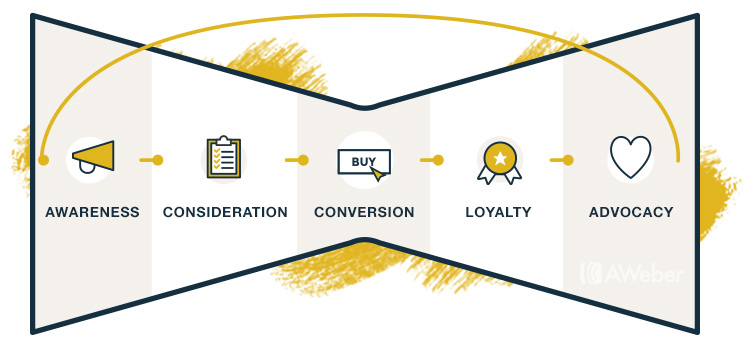A marketing funnel is a journey that takes a potential guest from discovering your hotel to making a booking. Repetitively.
Traditionally a marketing funnel is a cone that you fill at the top and it spits out customers at the end – provided you make your pitch right. But things have changed – a fair bit. Especially when it comes to travel.

The linearity of a traditional marketing funnel is less relevant in today’s hyper online environment.
The digital age has given rise to a complex web of touchpoints that have redefined the traditional marketing or conversion funnel. Let’s explore further on modern booking practices.
As fun and exciting the travel is, a lot of research and planning goes behind it. Gone are the days of a simple travel booking process with minimal touchpoints: flicking through brochures; speaking to a travel agent; deciding where to book.
The increasing number of travellers now book online, either themselves or via online travel agents (OTAs). An even higher number plans their holiday online.
But what are the triggers for their decision?
Let’s understand this by listing out the ‘What it was’ and ‘What it is now’ scenario.
Typically, the new conversion funnel comprises these five key steps:
- Awareness or The Dreaming stage when visitors are considering their options. Should we holiday? Where should we go? These are the sort of questions being asked at this inspiration level.
- Consideration or Researching stage is when they’ve narrowed down options and are looking at the pros and cons of their choices. At this stage, interest has been established.
- Intent or Planning is the stage when planning begins for the chosen option. The desire is there and the user is now researching pricing and availability.
- Decision or Action is the last stage of a travel booking – when the user knows what they want and are ready to make the booking.
- Loyalty and Advocacy. A stage that helps retain customers, and invite them to return. Advocacy is the stage of making fans out of clients – so they can win new guests for you. In the age of social media, this stage is as crucial as the first.
But the journey to booking is not clear cut as the above anymore. One device – the smartphone – has changed the rules. According to Think With Google’s Micro-Moments, there is a new model for marketing. In this model, consumers shuttle between the key stages:
- I-want-to-get-away moments (Dreaming)
- I-want-to-make-a-plan moments (Planning)
- Let’s-book-it moments (Booking)
- Can’t-wait-to-explore moments (Experiencing)
Now, let’s consider these statistics:
- 69%** of leisure travellers search for travel ideas on their smartphone in their spare moments, like when they are standing in a line. (**Think With Google)
- 82%** users consult their phone in-store before buying a product. (**Think With Google)
- 93%*** users are influenced by online reviews when making a decision. (***TripAdvisor)
In light of these changing dynamics, it is important for you to be out there, and be useful across all these travel moments. Think of how you can help the user by providing or connecting them to inspiration, answering their questions and becoming their booked choice.
And while every property has its own unique audience set, there are some common traits you need to keep in mind about this modern traveller.
- They love to travel and are travelling more – up to 3.5 holidays per year according to an Expedia study. This is more for millennials who holiday up to 4.2 times per year.
- They live in an age of choice paralysis. There is a LOT of information available. You need to be able to provide relevant content at every stage of a user’s travel journey.
- According to an Expedia study, an average traveller browses 38 websites before making a purchase. They are empowered – understand that.
- Mobile is the way forward as more people research on their smartphones. Interesting, when it comes to booking, they still prefer desktop. You need to be relevant across all devices.
- There is a huge rise in social sharing as a phenomenon in dreaming, planning and booking stages of the journey. You must be active in this space to drive consideration.
- Get personal. Guests today are impatient, partly because of the information overload. Personalisation, based on the information you’ve gathered about them, plays an important role in grabbing their attention.
An essential requirement of marketing success here is being present at all moments and stages, and being useful. When done correctly, you can move the users quickly through the conversion funnel.
The next step ahead is to tailor your marketing strategy accordingly and you will get the results you are looking for. Let us know how you are doing on the conversion at marketing@staah.com


